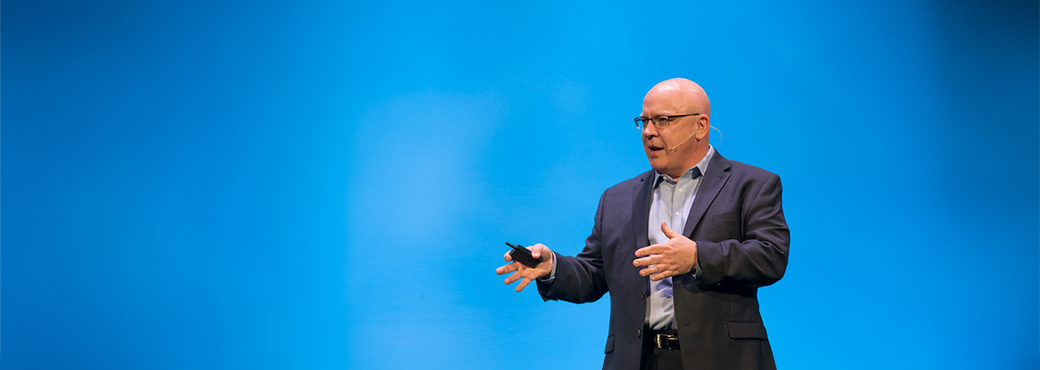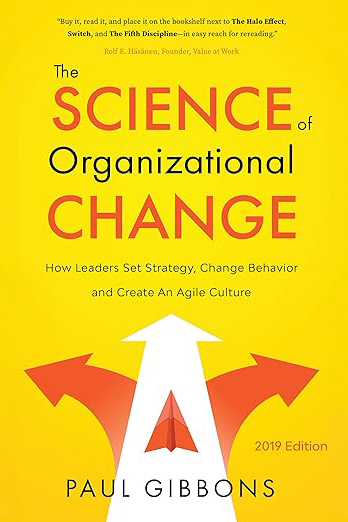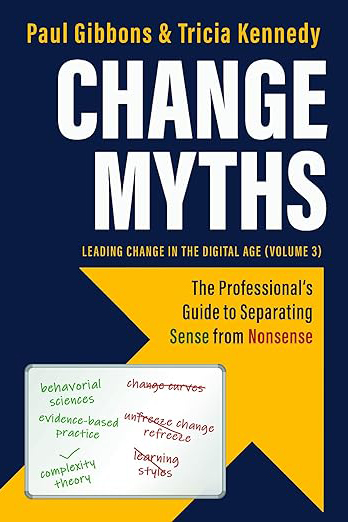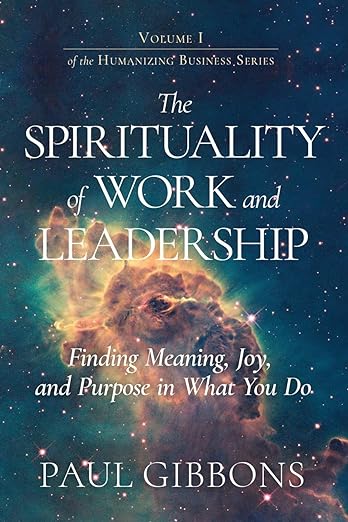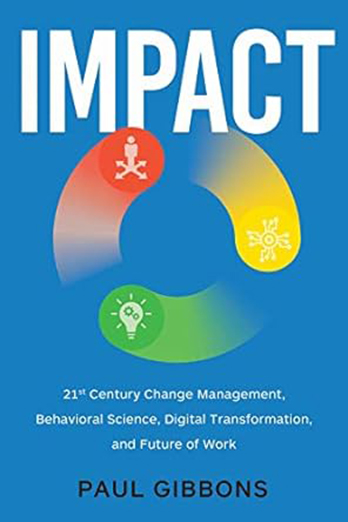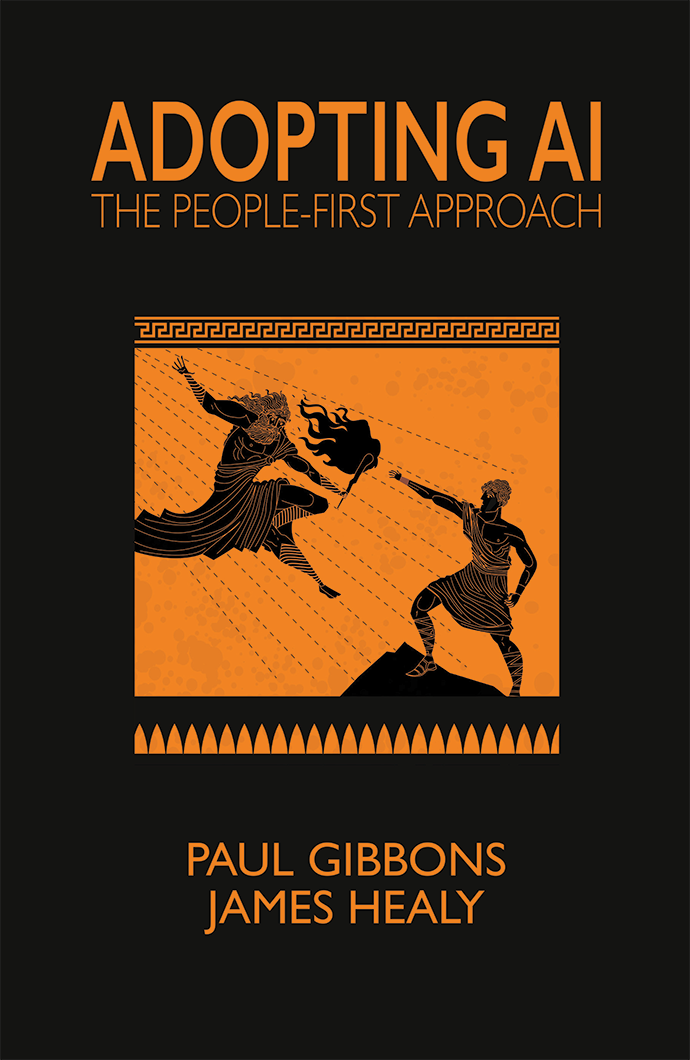
Adopting AI: The People-First Approach
“Few books so artfully blend the optimism of Kurzweil with the caution of Bostrom with the pragmatism of Mollick.” (Linus Caldwell, Alphaverse Capital)
In classical Greek mythology, Prometheus stole fire from the gods and gave it to humanity before being damned for all eternity. The moral of the story: the gift of scientific progress and technology is a double-edged sword.
If the hype is to be believed, humanity is on the cusp of a technological breakthrough of Promethean impact: Artificial Intelligence. Google’s Sundar Pichai claims that the impact of AI will be “more profound than fire and electricity.”
Critics, however, are divided on the prospects. Will AI bring about a techno-capitalist utopia where scarcity is eradicated, disease and aging are conquered, and the deepest mysteries of the universe finally revealed? Or will it create a dystopia of the sort familiar from countless science fiction classics: The Matrix, Terminator, Dune, or 2001: A Space Odyssey?
To illustrate the knife-edge on which humanity finds itself, Adopting AI starts with seven scenarios, each of which has a catastrophic and a utopian outcome. The authors invite the reader, at the beginning and end of the book, to assess where they think humanity is, and in which direction it might be heading.
In the authors’ view, the answers aren’t predetermined by technology but depend on the choices individuals, organizations, and societies make in the coming years. Paradoxically, the more powerful the technology, the more important human reason and moral judgment become.
Gibbons and Healy argue that successfully and safely adopting AI means recognizing just how different this transformational technology is from the traditional computer systems with which we’re all familiar. In their provocative take, AI is best thought of not as a technology at all, but as an intelligence: the smartest, dumbest, strangest colleague you’ve ever had.
The principles for People-first AI adoption flow from the fundamental nature of AI: unpredictable, opaque, and prone to bias. Yet this description could just as easily be about human intelligence as AI. Adopting and adapting to such intelligence requires a bottom-up, experimental approach, with ethics at the center, that the authors call adaptive adoption.
Gibbons and Healy tread a fine line between hope and despair, utopia and dystopia, neither sugarcoating the risks of AI, nor underplaying the transformational opportunities. Blending practical insights and entertaining anecdotes, this is a panoramic tour of AI’s potential uses and abuses, from the office cubicle to the courtroom, the science lab to the artist’s studio.
Above all, Adopting AI is a practical handbook for navigating the intelligence transition for executives and organizational leaders, but also citizens and parents, following the Promethean path through what the authors term “the intelligence transition.”
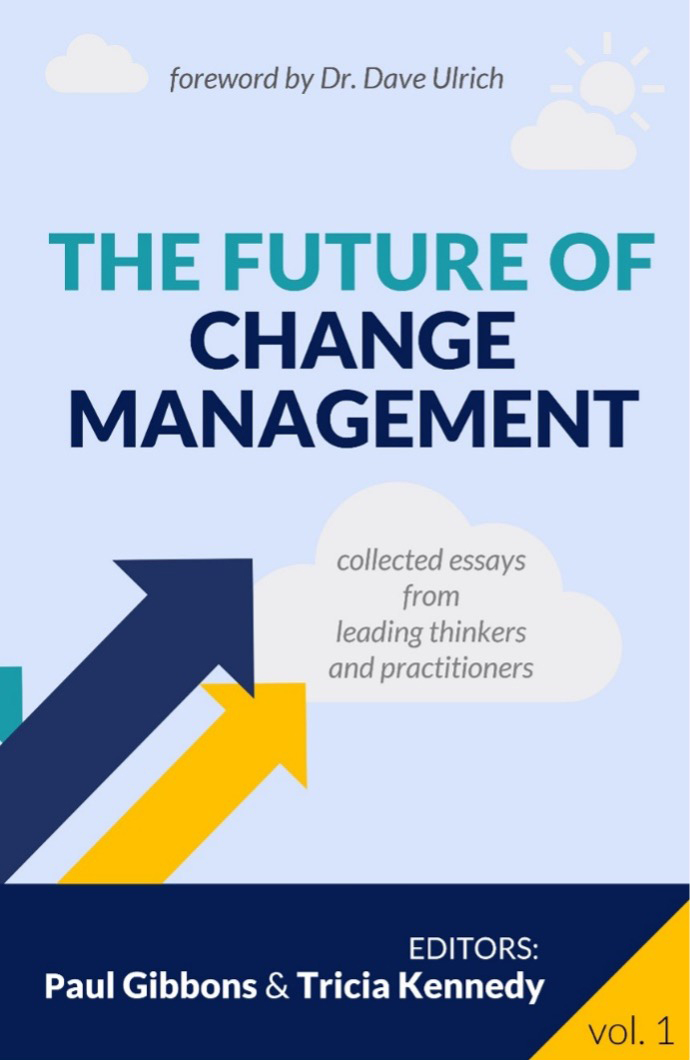
The Future of Change Management
Has change management kept up with 21st-century workplace trends and the revolutionary research in the human sciences of this century?
Who in the 20th century imagined how important people analytics, ChatGPT, diversity and inclusion, mental health, neuroscience, and the behavioral sciences would become?
Editors, Paul Gibbons and Tricia Kennedy, think “no” and “nobody,” respectively.
So they researched widely among change experts worldwide to create a shortlist of topics on the frontier of change management – ideas practitioners ought to include in their work, but largely don’t.
That shortlist soon became dozens of topics, a “shortlist” too long for a single volume – they envision three, with Volume published in Spring 2024.
Inside Volume I, the reader will find chapters from leading practitioners from four continents. Some authors come from the ranks of Google, Deloitte, and IBM, and some from boutique consulting firms.
In the BRAINS and MINDS section, there are three chapters that offer insights from the latest research on neurodiversity, neuroscience, and mental health. Change clearly affects the mental health of workers, and the “reservoir” of mental health in an organization clearly affects leaders’ ability to effect change – yet there is scant mention of the topic in traditional change approaches.
There are three chapters in the BEHAVIORS section, covering aspects from culture change, to HR policy implementation, to how behavioral scientists can work with global clients and augment traditional change approaches.
Finally, there is a TOOLS section covering first a suite of evidence-based change tools based on 21st-century behavioral science models. Then there are chapters on design thinking, people analytics, and (of course) GenerativeAI/ ChatGPT and change. Those chapters, the editors hope, will spark conversations among academics and practitioners worldwide on how, as the first quarter of the 21st century draws to a close, change needs to change.
The Science of Organizational Change
Leaders need guidance on change grounded in the latest science, not 20th-century myths.
Hailed as “the best book on change in 15 years” and a book that belongs alongside classics such as The Halo Effect, Switch, and the Fifth Discipline – The Science of Organizational Change is a must-read for senior executives and change experts alike. Gibbons offers the first blueprint for change that fully reflects the newest advances in mindfulness, behavioral economics, sociology, and complexity theory.
In this updated 2019 edition of The Science of Organizational Change, Paul Gibbons takes us on a journey from change mythology, from New Age change ideas, from “reports in drawers”, and from pop psychology up to the present.
In the first comprehensive treatment of behavioral science in business, you’ll learn which cognitive biases caused the 2008 Financial Crisis, Enron, and the Deepwater Horizon. Later in the book, you’ll discover how evidence-based management is helping leading businesses including Google.
There are new concepts such as change-agility that answer the question – “how can organizations be more responsive, so they are the disruptors, rather than the disruptees?” Turbulent environments demand constant change, but the mindset, skills, and behaviors taught to business leaders are unhelpful and sometimes flatly misleading.
Change Myths
“Since myths can be hard to test and compare, we get an intellectual free for all that allows bullshit to prosper and propagate, for decades, even when subsequent human science research has overturned it.”
How humans decide what to believe, in their professional and personal lives, is vital. It applies to our interest area, the myths of organizational change, but also critically to life, such as health and medical decisions, fake news, politics, and more.
Once a myth takes root, whether true or false, it sticks. Transmitted by the media and reiterated by gurus, it becomes a cultural “truth”. Take the idea that people are left-brained or right-brained and that the latter are more creative. Psychologists debunk this claim until they’re blue in the face, yet it has mythological stature, including among some change professionals.
This idea stickiness is endemic in the organizational change profession. Many of its signature ideas are decades old, yet they have stuck without any re-evaluation as research and knowledge in the human sciences has proved them false.
For example, the very first model Paul and Tricia learned as organizational change consultants was the Kübler-Ross “grief model” which was supposed to describe the organizational change experience. Later, they began to wonder how the emotional experience of the dying became a template for business change of all kinds.
The Spirituality of Work and Leadership
The Spirituality of Work and Leadership is the most comprehensive treatment of workplace spirituality to date written by one of the “movement’s” founders, and covers meaning-making, work, workaholism, vocation and purpose, happiness, mindfulness, altruism, motivation, engagement, and leadership. Spirituality, the book maintains, uniquely embraces the inner work of personal development and the outer work of what is needed in the world. Some of the best writing on those human topics comes not from psychology, but from spirituality (and philosophy, evolutionary biology, sociology, and systems thinking). The big questions are:
What do we mean by spirituality? How is it different from religion? What is the link between leadership and spirituality?What is the relationship between spirituality and science? What is the historical relationship between spirituality and work? Can we prove workplace spirituality is of value? What is the evidence? Can spiritual experiences at work be cultivated?What insight does spirituality give us into human motivation?What is the purpose of purpose? How do we create purposeful lives and organizations? What would a spiritual consulting firm look like?
Impact
Change is inevitable, whether it represents progress is up to us.
Astute leaders know that upskilling, culture change, and mindset are critical ingredients for successful digital change – but do not know how to change those quickly enough to keep up with pace of technological change. That is because our 20th century change models are not up to the challenge of 21st century digital transformation and the future of work – and that explains McKinsey’s finding that only 25% of digital transformations succeed.
In Impact, globally recognized culture change expert, Paul Gibbons gives leaders 21st century change tools and models that are based on up-to-the-minute research in behavioral sciences, complexity theory, agile methods, information science, and more.
Gibbons shows leaders that “the more technologically-enabled workplaces become (AI and robotics), paradoxically, the more important the “human” becomes – community, purpose, connection, empathy, relationships, and trust.”
He continues, “… central to the whole picture of changing how we change, of humanizing business, and of upskilling workforces, is leadership. In a world where advancing human capability is critical, leaders need to lead learning.” Then, using that idea of leader as learner, Gibbons illustrates and how learning can happen faster and more efficiently through understanding the latest research and making appropriate use of 21st century learning technology.
